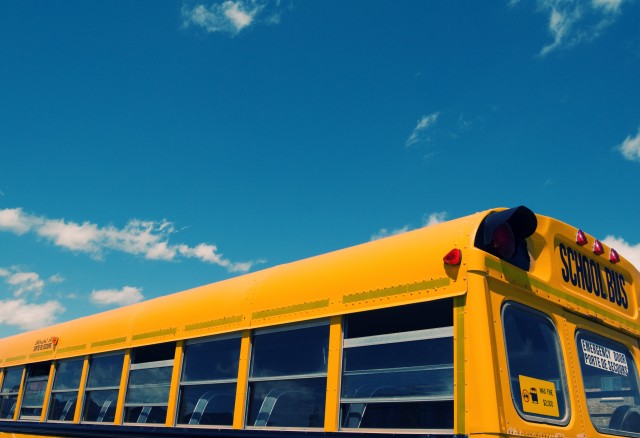Georgia’s public school system is failing many of our children, and it seems everybody has an opinion in regard to what needs to happen. But one truism has become apparent: More money is not the solution.
Nationally, spending on public education in constant dollars has nearly tripled since 1970, and the expenditures per student have doubled from $4,500 per student per year in 1970 to almost $11,000 today.[1] During this same time period, the National Average for Educational Progress (NAEP) scores for 17-year-olds have remained essentially unchanged. Americans spend more money per-student than any other nation in the world while only performing in the middle-to-back of the pack among developed countries.
While an increase in spending has not yielded higher achievement scores among U.S. students, it has been successful in accomplishing one thing: increasing the size of school administration. Since 1950, the overall number of school administrators in the U.S. has risen by a staggering 702 percent, while the number of teachers has only grown by 252 percent, and the number of students has increased by only 96 percent.[2] For all this growth in school administration and faculty, the outcomes in student achievement have been disappointing.
The same can be said for Georgia. Spending on public education increased drastically from $5.6 billion in 1993 to $17.4 billion in 2012, yielding an improved student-teacher ratio during this time period (16.7 in 1993 to 15.6 in 2012). Yet despite all this spending and having more teachers and smaller classroom sizes, NAEP scores for eighth grade students in Georgia remained virtually the same. Similarly, the high school graduation rate did not improve significantly during this time period, going from 67.6 percent in 1996 to 71.5 percent in 2012, while hitting a low of 60.8 percent in 2002.
Both in Georgia and nationally we continue to operate under the assumption that more money and more staff will solve the problem of a failing educational system. However, statistic after statistic indicates that pouring more money into Georgia’s failing public school system will not provide any substantial improvement, especially for Georgia’s most vulnerable children. There have, and continue to be, serious and well-intentioned efforts to reform the system. But because these reforms only provide minor changes to the system without seeking to change the way the system is organized, they limit themselves to minor improvements in standardized test scores.
In order to improve the educational opportunities we give Georgia’s children and ensure that the money spent on public education is not wasted on poor results, Georgia needs a new and innovative approach to education – an approach that gives parents the power to see their children succeed in education and in life. We need quality instruction that meets the needs of an enormously diverse group of students in a broad range of circumstances.
This just might be the power that newly proposed Education Savings Accounts offer.
Notes
[1] McShane, Michael. How America’s Education System Fails to Live Up to Its Promises (Washington, DC: AEI Press, 2015).
[2] Ibid.

